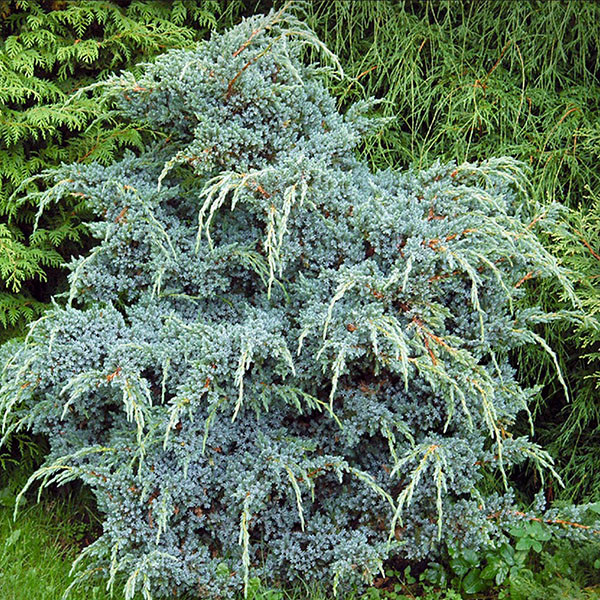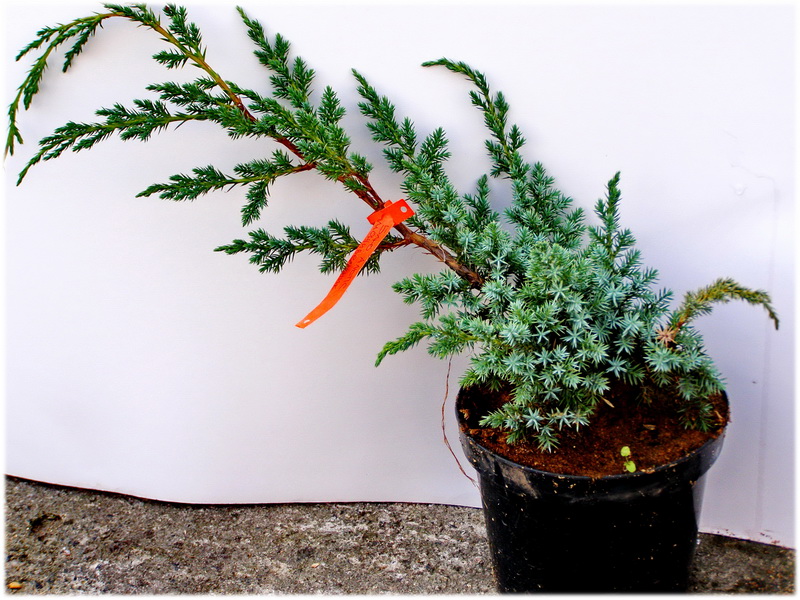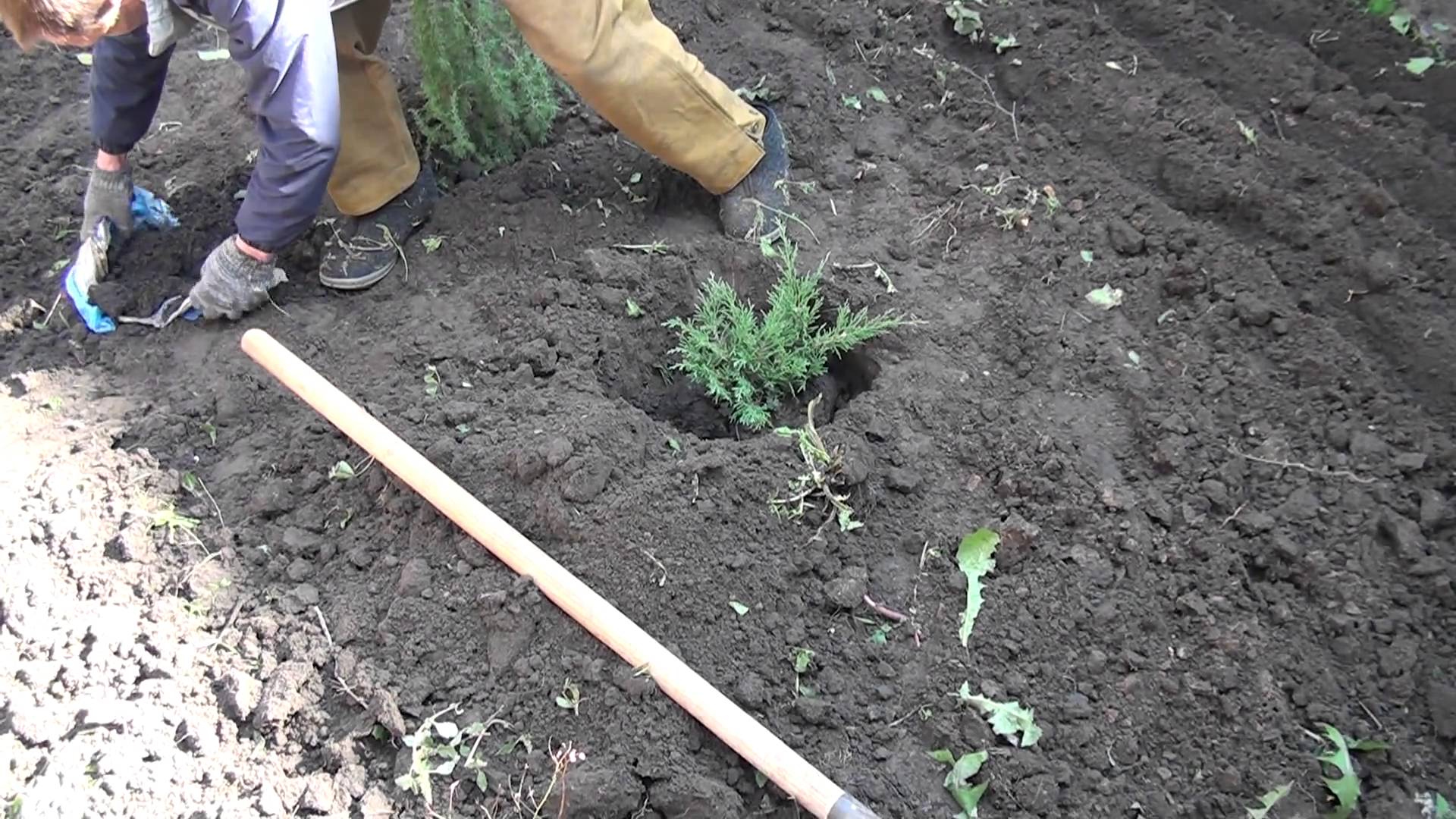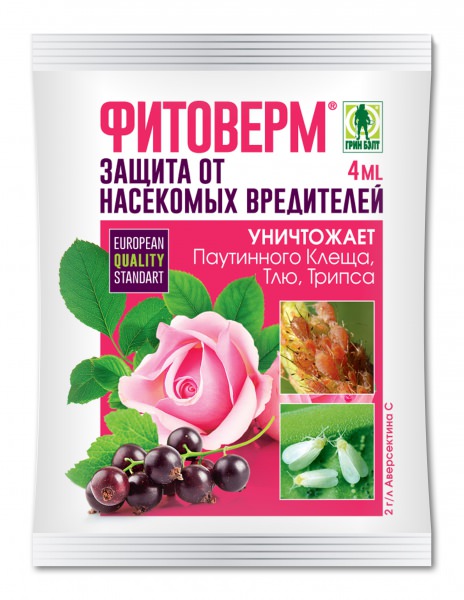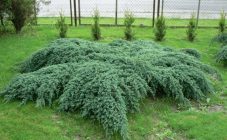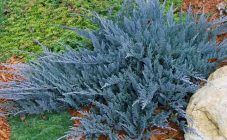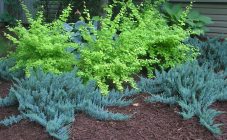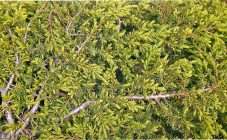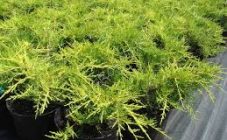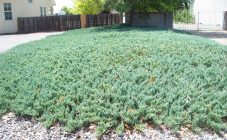Content:
One of the most popular conifers used for landscape design is the Blue Alps juniper, which has excellent decorative qualities. However, this juniper variety is not at all capricious in terms of care. This remarkable culture is highly resistant to almost any disease.
Shrubs of this variety of juniper can be planted in splendid isolation. At the same time, it is also permissible to plant in groups, in conjunction with a wide variety of plants. In any case, the Blue Alps juniper will be a magnificent decoration of the summer cottage, not to mention the territory of the majestic mansion. The description and characteristics of this culture can be found below.
Description of culture
This spiny blue monster is native to China. In appearance, the Blue Alps is an evergreen, like all conifers, a shrub that grows about 4 meters in length. Its crown is powerful, rather spreading, its diameter is 1.5-2 meters. The color of adult juniper shrubs is silvery-gray. The needles are quite tough, wide, while dense, and the needles are well defined.
The growth rate of the Chinese Blue Alps juniper can be characterized as average, by the age of 10 it reaches 3 meters in height and 2 meters in diameter. The correct approach to plant care and provision of fertilizers contributes to more intensive growth. Thus, with the right approach, the desired landscape can be created in record time.
Among the advantages of this variety, it is worth noting:
- lack of requirements and special conditions;
- compactness;
- silvery bluish color;
- exquisite smell that repels insects.
Due to its unpretentiousness, Blue Alps does not require special soil fertility and a certain level of moisture. Shrubs endure frosty winters, dry summers and strong winds equally easily. But with a sufficient amount of sunlight, the presence of high-quality drainage and regular feeding, the plant becomes more magnificent and takes on a well-groomed appearance. And Blue Alps grows much faster than in the absence of quality care.
Growing juniper
A seedling, chosen taking into account all the rules, largely determines the success of planting and the further development of the plant. Before purchasing a Blue Alps juniper seedling, it is recommended to subject it to a thorough examination.
The best option is young shrubs sold in containers. The roots of a quality "product" fill the container completely, the root system should be intact, and the branches should look fresh and resilient. They should be examined especially carefully.
It makes sense to check with the seller - the selected seedling was constantly grown in a container, or there was a transplant some time before the sale, for example, months or weeks. If a juniper is initially grown in a cassette, then in a new place for it it develops easily and quickly, and there are no problems with further growth.But if the seedlings were grown in the soil, after which they were transplanted into a container, and even planted again on the site, development proceeds slowly.
Correct fit
Proposed planting sites for Blue Alps junipers should be warm and well lit by the sun. Soil composition should not be ignored. Despite the fact that with regard to the soil, the shrub is not exacting, it is preferable to choose clay and sandy loam soil for plantings. If the soil is sandy dominated on the site, the juniper is planted in the nutrient soil, prepared independently.
In order to prepare the soil for the Blue Alps juniper, you will need:
- sod soil - 2 parts;
- humus - 2 parts;
- peat - 2 parts;
- construction sand - 1 part.
A little nitrophoska and Kemir mineral fertilizer should be added to the resulting composition.
The size of the planting hole depends on the volume of the plant's root system. The planting hole must be prepared several months before the planned planting. Recommended sizes of the planting pit: depth - 80 cm, diameter - 60 cm. After planting, juniper bushes are watered and protected from direct sunlight for several days.
How to care
The juniper shrub is not particularly whimsical, therefore, a minimum of care is required. In order to provide the plant with good growth and stable decorativeness, the following actions are necessary:
- regular watering of crop plantings;
- constant soil weeding;
- shallow loosening of the soil once a month;
- periodic fertilization;
- annual pruning of the plant;
- preparation of plants for wintering, that is, warming of young shrubs with spruce branches (this guarantees protection to the juniper from frost and snow).
Proper watering
The handsome juniper needs watering only during a period of severe drought. As a rule, 2-3 waterings are enough for the plant during the season. An adult Blue Alps juniper needs 30 liters of water. Light spraying is also recommended, symbolic, but improving the decorative properties of the majestic thorn.
How to trim
Blue Alps is trimmed with great care, dry and diseased branches are cut one and all. The desired shape - elongated or spherical - is achieved by trimming. It should be organized in early spring or late autumn.
Top dressing
Since this variety of Chinese juniper is undemanding, it grows superbly without additional fertilization. Nevertheless, if you feed the juniper, it will grow faster, and this will affect its decorative effect in the most favorable way.
It is strongly recommended to alternate fertilizing with organic matter with fertilizing the culture with minerals. Organic fertilizers are used in the fall to prepare junipers for winter. As a useful mineral for the plant, the best option is nitrophoska, which is applied in early spring, even before active growth.
It is recommended to loosen the near-trunk soil once a month. Thanks to this procedure, the root system of the juniper is enriched with oxygen. In addition, all weeds that can provoke a variety of diseases of the bush are eliminated.
Garden pests and diseases
Among the most common insect pests, it should be noted such parasites as:
- aphids that do not disdain almost any culture;
- spider mite;
- shield;
- mole.
In order to prevent diseases in April or early May, it is recommended to spray the juniper with an insect control agent called Fitoverm. In addition to this drug, Karbofos and insecticides - Decis and Karate are an excellent prophylactic agent.
At the slightest signs of parasite damage to the culture, it requires two spraying. To prepare a solution, 2 grams of Fitoverm should be diluted in a liter of clean water. The interval between treatments is 2 weeks.
Juniper Blue Alps has good immunity and, in principle, it rarely gets fungal and infectious diseases, except perhaps rust and alternaria. But such problems also happen if the plant is not pruned and, in general, it is wrong to care for it or not at all. The plant is treated with Bordeaux liquid or agricultural chemicals - Fundazol or Abiga peak.
Due to the appearance and development of the fungus, as well as the lack of moisture, the juniper, in whole or in part, dries up. Dry branches should be eliminated without delay, and the cuts should be lubricated with garden varnish or natural paint.
Use in landscape design
Juniper Blue Alps will be a worthy decoration of any territory. The combination with deciduous trees and shrubs is especially interesting. This juniper fits harmoniously into purely decorative, stylized gardens with staged ponds. Blue Alps is a good base for an alpine slide.
We can say that the Chinese juniper Blue Alps is just a great find for a beautiful site design. This juniper, like its other cousins, is an excellent structural plant. After all, with the help of a correct and high-quality haircut, almost any shape is obtained.
The dizzying aroma of juniper needles not only creates a feeling of freshness, but also acts as a good antiseptic: it purifies the air of the surrounding area. In addition, mosquitoes avoid this plant. Being near the Blue Alps juniper, mosquito bites are definitely not worth fearing.
It should be summed up that this variety of juniper does not need scrupulous care, and at the same time will decorate the territory. All that is required of a person is to choose good seedlings for planting and take care of the juniper properly. This will be a 100% guarantee of good decorative properties and rapid growth of the culture of this variety. Anyone who purchases this wonderful, undemanding plant for the site will acquire not only presentable, but also useful decoration of the territory for a long time.
